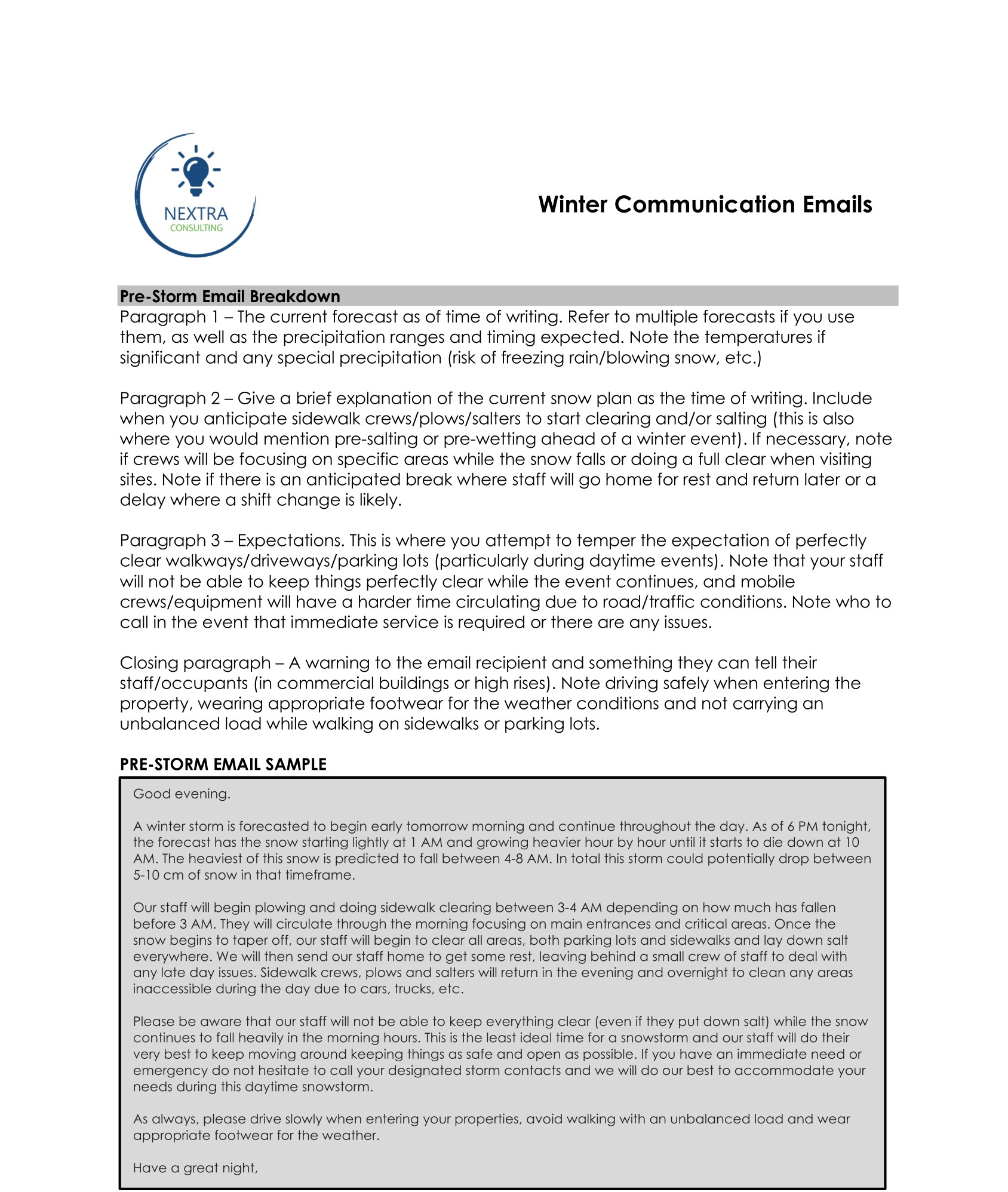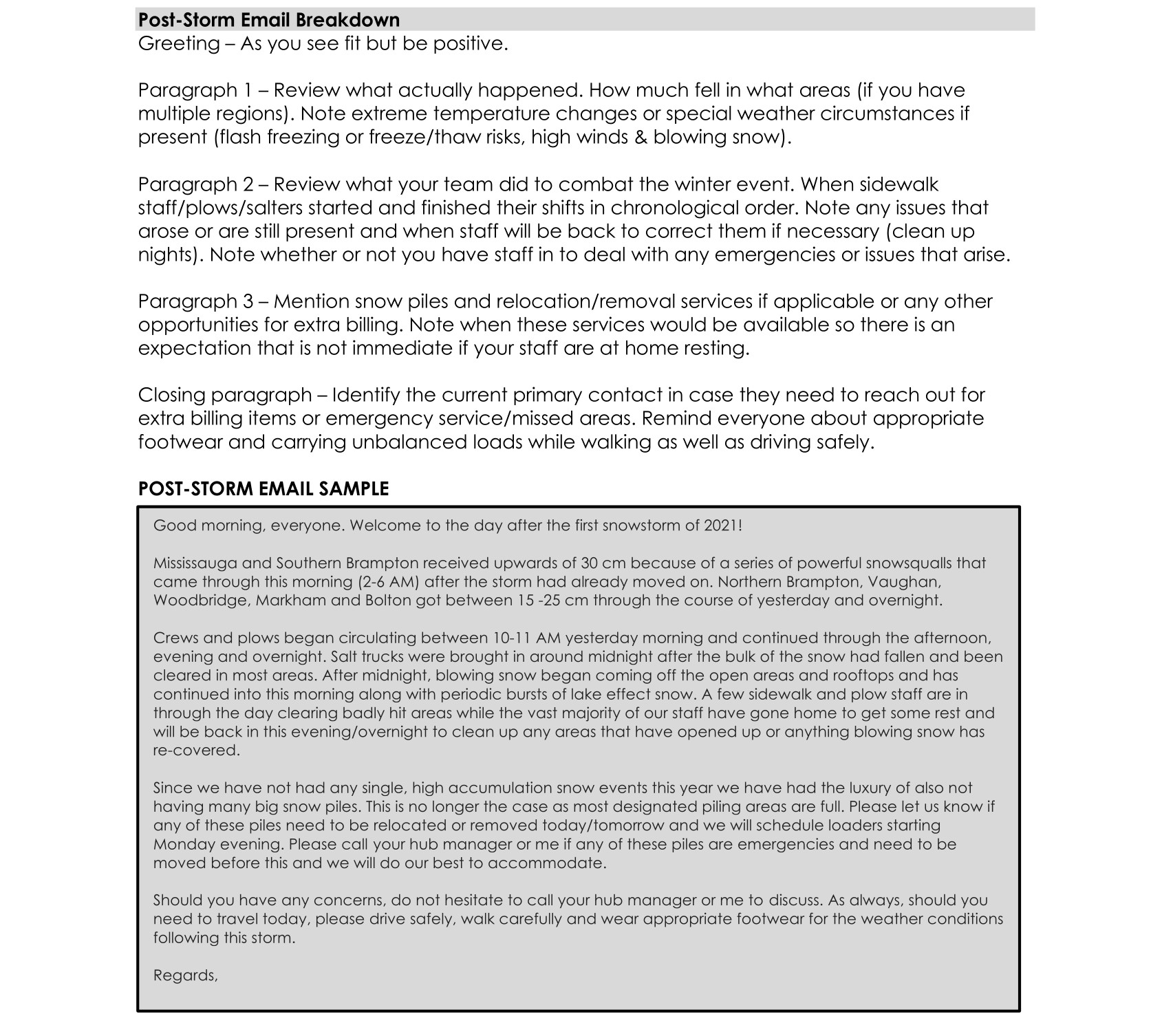Mitigating Subcontractor Risk

The original article, written by Randy Dombrowski, was posted on Green Industry Pros on January 13, 2025 and can be found HERE.
From site prep to specialized installations, the people you hire can either drive your project forward or increase risk. Here's how general contractors can help mitigate risk.
Every subcontractor you hire can enhance or derail your work. A focus on subcontractor risk management can be the difference between a profitable, well-executed project and one that suffers costly delays—or worse, injuries or fatalities.
A strong subcontractor risk management strategy is built on three key pillars: a thorough risk assessment, clear control measures and adequate insurance coverage. These components protect your workforce, property and equipment and ensure your project stays within budget and on schedule.
Key steps to assessing subcontractor risk
Before signing a contract, evaluate how your subcontractor will impact your project’s safety and bottom line. A thorough v...
The Low Snow Blues

Our next-door neighbour builds the most amazing ice rink in his backyard every year. It’s complete with curved corners, painted 2’ boards all the way around, lights, and netting to catch stray pucks. The only thing that’s missing is a scoreboard and lines in the ice, though I expect those are coming. It’s a work of art. But this year, it’s been more like a wading pool than an ice rink. It’s been so sad.
The weather this year has been unlike anything I can remember in all my years in landscaping. As I write this, it’s February 7 and 9°C in Toronto. There are no snow piles and no frost in the ground. Many of our clients are concerned about what this means for their business, both this year and in the future if this weather trend continues. While a light winter may have its pros and cons, one thing is certain – we need to adapt and make changes in our practices and snow contracts to survive in the face of low snow seasons.
Let’s talk about some of the pros of a low-snow season:
- Reduc ...
Managing Winter Cash Flow

I love the change of seasons. I have family living in west Africa and one of the hardest adjustments for them is that there’s no change of seasons (unless you count the change from “hot” season to “hotter” season).
But here at home in Canada, we get to experience the changing of the seasons. And fall is my favourite. It’s my favourite for all sorts of reasons – for cooler weather, for a return to routine after the summer, for campfires on cool nights, for Thanksgiving, and even for pumpkin spice lattes!
I also love the change of seasons when it comes to our business. The fall brings with it a change in the type of work we’re doing, the start of planning for the snow season, the excitement of new equipment, and the return of everyone back at work after summer holidays.
But the fall brings with it some unique financial stressors for business owners. These include material and equipment expenses, contracts that don’t pay out until January, equipment and vehicle repairs and maintenance ...
Scheduling & Routing Quick Tricks

You can find the original article by Lauren Spiers HERE.
Properly scheduling and routing crews can often be a complicated, mind-bending exercise.
Ensuring that every crewmember receives his or her required hours per week, creating efficient routes for crews to follow, contending with weather issues or crewmembers who need to take a sick day – it all spells R-O-L-A-I-D-S for operations managers and company presidents trying to make everything fit together.
Creating efficient and effective routes and schedules really is like putting a puzzle together, and finding those helpful edge and corner pieces first can make the process easier. Here are a few tips contractors offered to help ensure the rest of the pieces all fit nicely.
- Work one step at a time. “The more [crews] you have, the more difficult it is to route and schedule, but if you just break everything up into little pieces and try not to schedule everybody at once, it’s much easier,” assured John Luznicky, general manage ...
Grow Your (Snow) Business - Part 2

In our last blog, we talked about improving your snow business (or any contracting business, for that matter), and focused on 3 areas: leadership, customers and staff. Today, we'll cover the final three areas: finances, operations and safety.
4. FINANCES
- Create and review your budget: Your budget keeps you on track and lets you know how you’re doing. Create a budget and then review it monthly against actuals to measure how well you’re doing and address any issues before they become problems.
- Check your margins: Is each job profitable? Are you charging enough to cover your costs and make a profit? Job costing will provide great insight into where you may need to make changes.
- Everyone gets a number: How do you measure a win? Give everyone a clear and measurable goal that helps you determine how well the business and the employee are doing.
FINANCE KPI’s/REPORTS
- Profit - gross/net by division
- Cash flow
- Expenses (labour, materials, equipment, overhead)
- Sales
- Accounts Re ...
Grow Your (Snow) Business

I had the opportunity earlier this month to speak at the Landscape Alberta Green Industry Show & Conference (GISC). One of the seminars I led was Grow Your Snow Business. As we’re just starting the winter season, I thought that some of the information I shared at that seminar might be helpful and get you off to the most efficient start. Although I was speaking specifically about snow businesses, all this information is easily transferable to any contracting business.
We talked about six areas of business: Leadership, Customers, Staff, Finances, Operations, and Safety. Below I’ve listed some key points for the first three areas. each area, as well as some KPI’s to help you have success in that area.
1. LEADERSHIP
- Invest in professional development opportunities: Always be learning. Attend conferences, get involved in your local landscape organization, listen to podcasts, read books, network with others, join a peer group.
- Implement regularly scheduled meetings: A regular meeting r ...
Winter Storm Communication to Clients

With winter on the way, it's important to put a client communication process in place for before, during and after a storm. There is really no such thing as communicating too much with clients. With that in mind, we've created the following as a template you can use for your clients. 


Plan ahead for winter success!
One of the best ways to ensure winter success is to plan ahead regarding your fleet needs.
Your relationship with your suppliers will play a key role in this. You can help them out by getting your equipment ordered early and/or getting your existing equipment scheduled for service before the forecast is calling for snow. Setting up a system where they can call you when they have some time and they know what equipment needs servicing is a small thing that can make a huge impact.
I highly recommend working with local suppliers for ordering and delivery of trucks, equipment and small machinery. I would also choose a supplier that allows you to standardize the equipment you’re using, making it easier for budgeting and repairs. If you’re using all the same equipment (ie, same type of plow), you can order parts that will work for all of the pieces. You can also identify when an issue is a manufacturer’s defect rather than just a one-off. For example, if you use one type of plow and they al...

